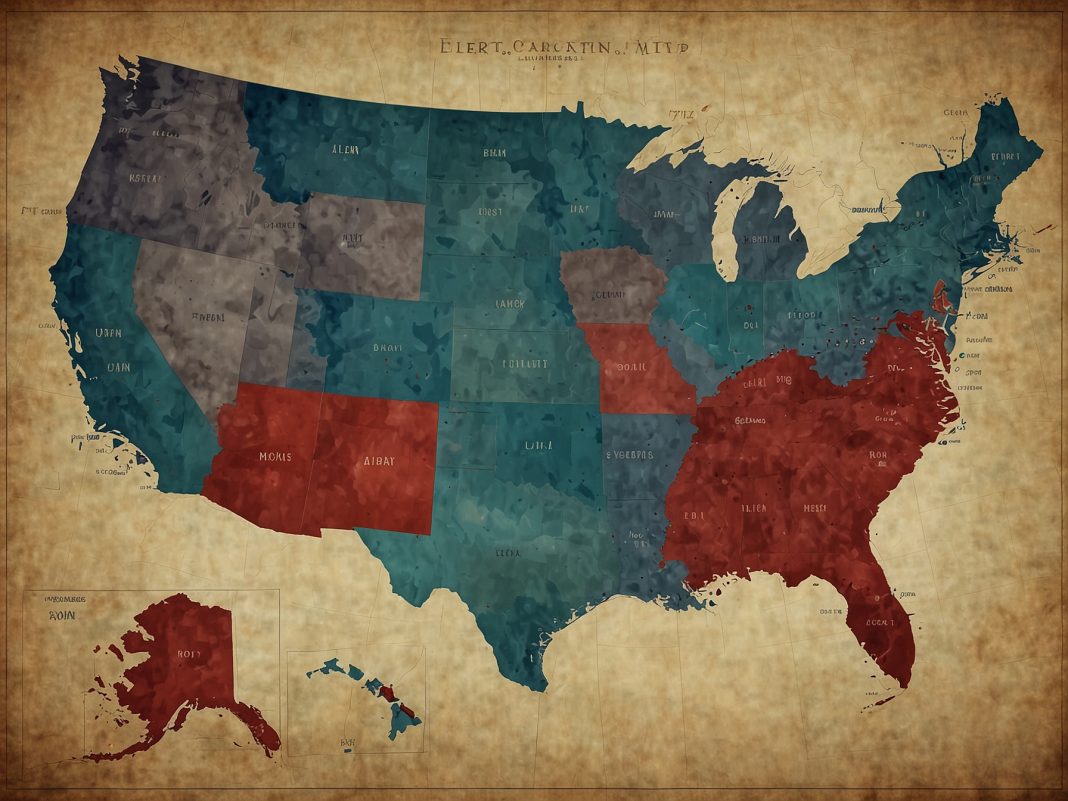If Trump believes he can win 2024 based on the red states, he is sadly going to learn he needs the swing states from places similar to Pa., Hi, or even Fla. The balance is literally contingent on these regions. The election will be decided in states such as Pennsylvania, Michigan, and Wisconsin.

Harris, on the other hand, has to organize voters in battleground states. It all comes down to winning voters in Arizona, Georgia, and Nevada. These are the states that mirror the changing demographics.
Look at Pennsylvania, which has turned red in some recent cycles. This is a battleground state, and both candidates are expected to pour a lot of resources into it. Their tactics might be the winning move.

Similarly, Michigan gives us a peek at voters’ feelings. This white working-class electorate is begging for attention. For traction, candidates must lock arms on local issues.
States have their own set of challenges along with opportunities. Rural voters are a critical constituency for Trump. Harris needs a coalition, and she absolutely cannot win it without younger voters and minorities.

In writing about these dynamics, ponder this: What is the impact on voter choice of frustrations? Perhaps a close understanding of these trends may help in pre-assessing the result of the election.
A little human touch, perhaps addressing local communities, can be a game-changer. Both Trump and Harris should pay attention closely. This is not about picking up a slogan; this is real connection.

This is not a race of numbers — this is personal. Voters want to feel heard. Candidates must tread kindly within these landscapes — because empathy counts.




